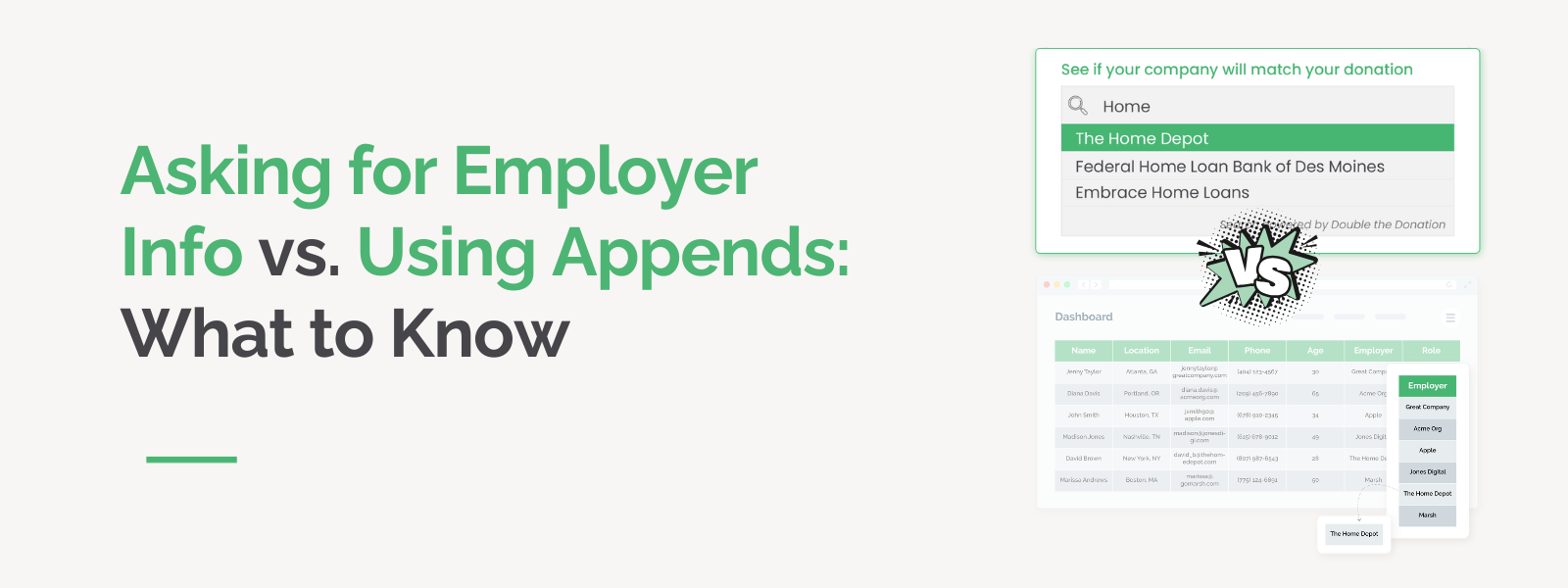 https://doublethedonation.com/wp-content/uploads/2025/07/DTD_Asking-for-Employer-Info-vs.-Using-Appends-What-to-Know_Feature.png
600
1600
Adam Weinger
https://doublethedonation.com/wp-content/uploads/2025/11/DTD-horizontal-logo-300x63.png
Adam Weinger2025-07-16 19:02:492025-11-21 04:29:31Asking for Employer Info vs. Using Appends: What to Know
https://doublethedonation.com/wp-content/uploads/2025/07/DTD_Asking-for-Employer-Info-vs.-Using-Appends-What-to-Know_Feature.png
600
1600
Adam Weinger
https://doublethedonation.com/wp-content/uploads/2025/11/DTD-horizontal-logo-300x63.png
Adam Weinger2025-07-16 19:02:492025-11-21 04:29:31Asking for Employer Info vs. Using Appends: What to Know
Payroll Giving FAQ | What Fundraisers Want to Know
Payroll giving is a powerful tool that allows employees to contribute…
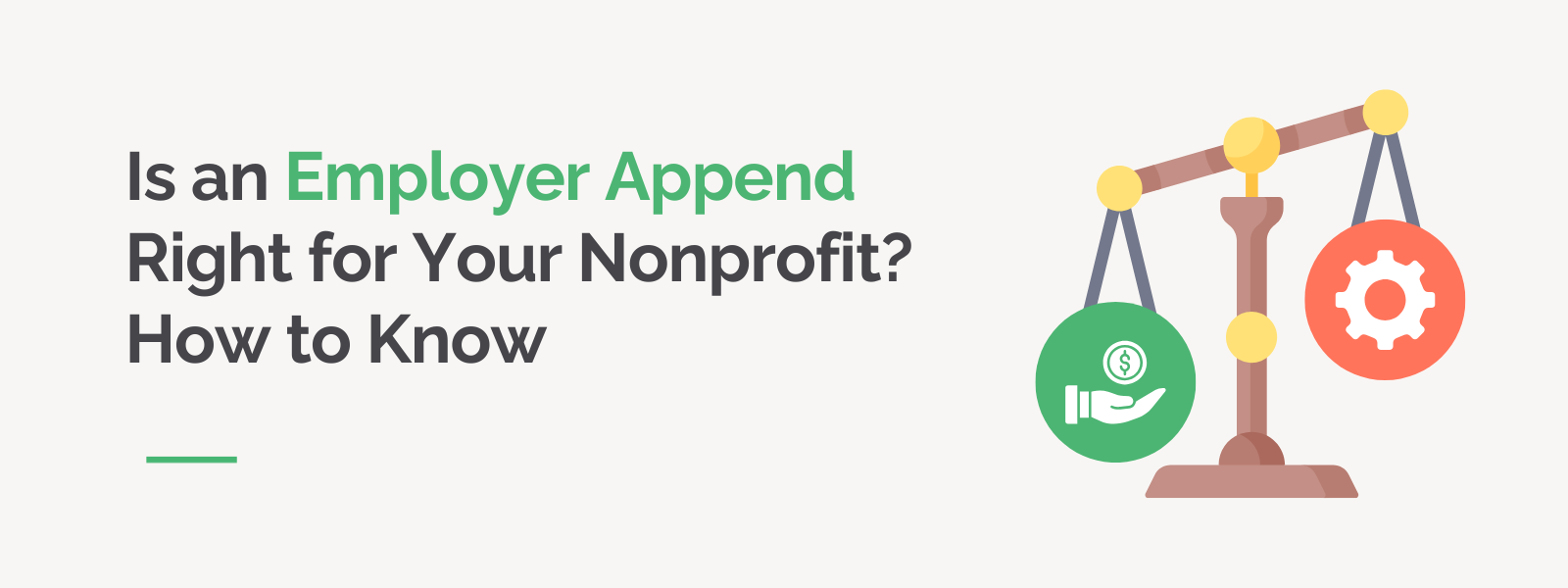
Is an Employer Append Right for Your Nonprofit? How to Know
If your donor database is missing key employment information,…
 https://doublethedonation.com/wp-content/uploads/2025/07/DTD_Steps-to-Market-Workplace-Giving-on-Your-Nonprofit-Website_Feature-1.png
600
1600
Sydney Faye
https://doublethedonation.com/wp-content/uploads/2025/11/DTD-horizontal-logo-300x63.png
Sydney Faye2025-07-07 20:40:352025-11-26 05:50:595 Steps to Market Workplace Giving on Your Nonprofit Website
https://doublethedonation.com/wp-content/uploads/2025/07/DTD_Steps-to-Market-Workplace-Giving-on-Your-Nonprofit-Website_Feature-1.png
600
1600
Sydney Faye
https://doublethedonation.com/wp-content/uploads/2025/11/DTD-horizontal-logo-300x63.png
Sydney Faye2025-07-07 20:40:352025-11-26 05:50:595 Steps to Market Workplace Giving on Your Nonprofit Website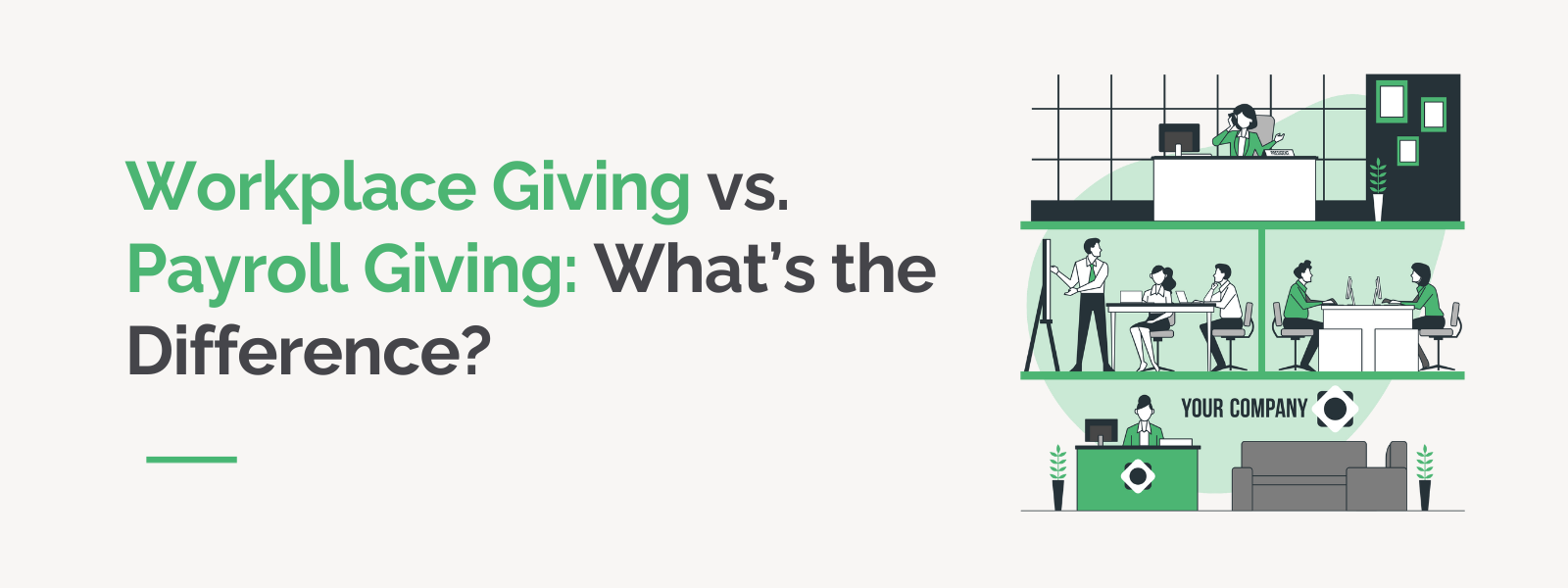 https://doublethedonation.com/wp-content/uploads/2025/06/DTD_Workplace-Giving-vs.-Payroll-Giving-Whats-the-Difference_Feature.png
600
1600
Julia Beltran
https://doublethedonation.com/wp-content/uploads/2025/11/DTD-horizontal-logo-300x63.png
Julia Beltran2025-06-26 16:44:352025-12-26 22:00:32Workplace Giving vs. Payroll Giving: What’s the Difference?
https://doublethedonation.com/wp-content/uploads/2025/06/DTD_Workplace-Giving-vs.-Payroll-Giving-Whats-the-Difference_Feature.png
600
1600
Julia Beltran
https://doublethedonation.com/wp-content/uploads/2025/11/DTD-horizontal-logo-300x63.png
Julia Beltran2025-06-26 16:44:352025-12-26 22:00:32Workplace Giving vs. Payroll Giving: What’s the Difference?![Why and How to Reach Out to Payroll Giving Donors [A Guide]](https://doublethedonation.com/wp-content/uploads/2025/06/DTD_Why-and-How-to-Reach-Out-to-Payroll-Giving-Donors-A-Guide_Feature.png) https://doublethedonation.com/wp-content/uploads/2025/06/DTD_Why-and-How-to-Reach-Out-to-Payroll-Giving-Donors-A-Guide_Feature.png
600
1600
Sydney Faye
https://doublethedonation.com/wp-content/uploads/2025/11/DTD-horizontal-logo-300x63.png
Sydney Faye2025-06-23 21:41:132025-11-26 05:27:27Why and How to Reach Out to Payroll Giving Donors [A Guide]
https://doublethedonation.com/wp-content/uploads/2025/06/DTD_Why-and-How-to-Reach-Out-to-Payroll-Giving-Donors-A-Guide_Feature.png
600
1600
Sydney Faye
https://doublethedonation.com/wp-content/uploads/2025/11/DTD-horizontal-logo-300x63.png
Sydney Faye2025-06-23 21:41:132025-11-26 05:27:27Why and How to Reach Out to Payroll Giving Donors [A Guide]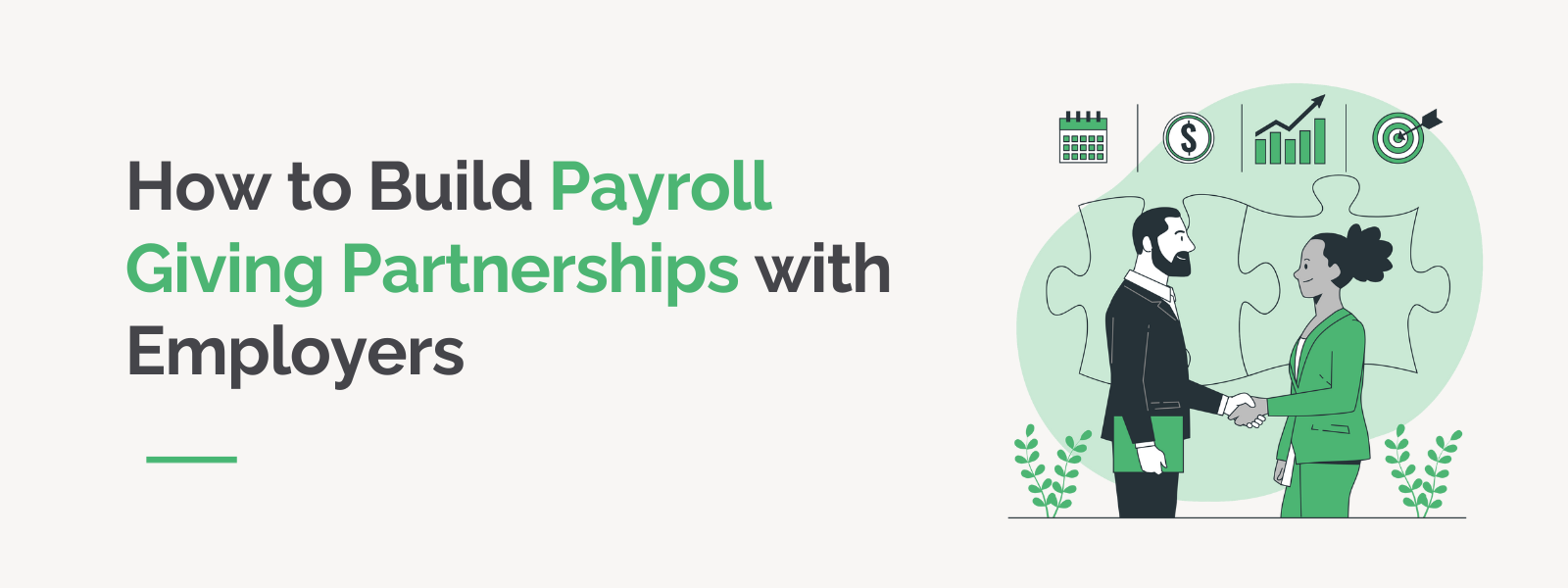 https://doublethedonation.com/wp-content/uploads/2025/06/DTD_How-to-Build-Payroll-Giving-Partnerships-with-Employers_Feature.png
600
1600
Sydney Faye
https://doublethedonation.com/wp-content/uploads/2025/11/DTD-horizontal-logo-300x63.png
Sydney Faye2025-06-20 16:02:392025-11-26 05:29:40How to Build Payroll Giving Partnerships with Employers
https://doublethedonation.com/wp-content/uploads/2025/06/DTD_How-to-Build-Payroll-Giving-Partnerships-with-Employers_Feature.png
600
1600
Sydney Faye
https://doublethedonation.com/wp-content/uploads/2025/11/DTD-horizontal-logo-300x63.png
Sydney Faye2025-06-20 16:02:392025-11-26 05:29:40How to Build Payroll Giving Partnerships with Employers
Avoid These 5 Employer Appending Mistakes Nonprofits Make
When it comes to maximizing donor intelligence, employer appending…
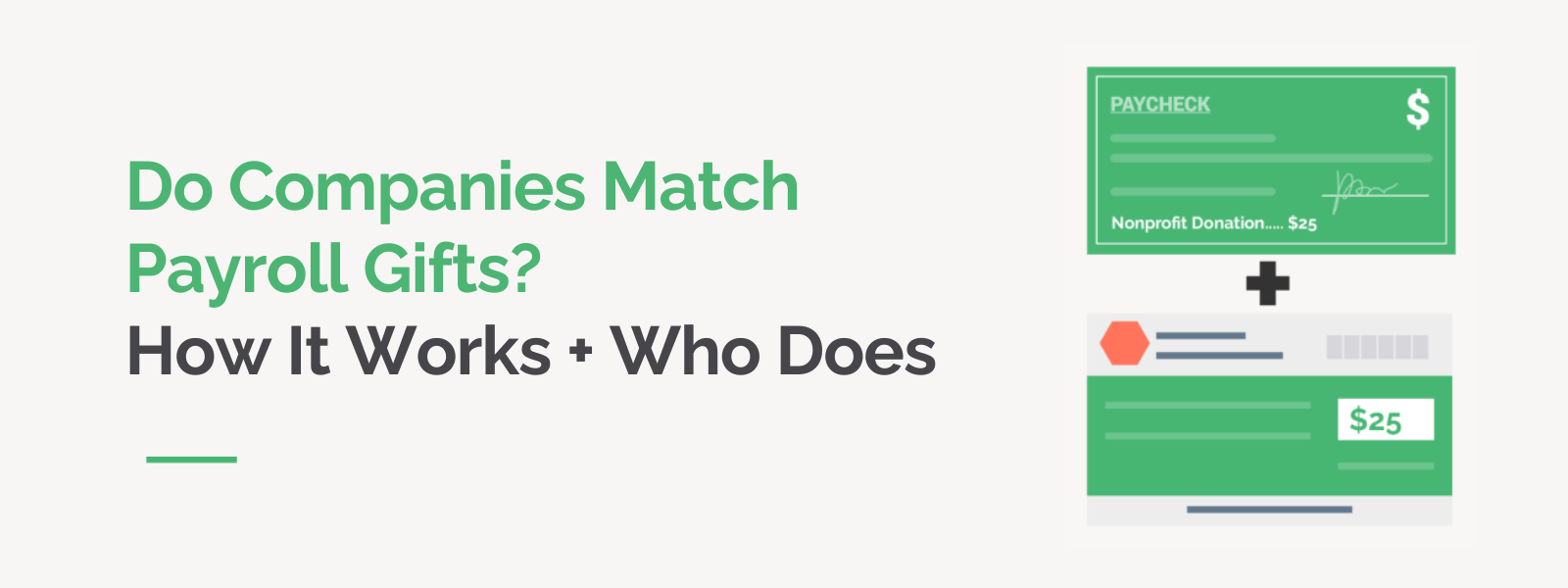 https://doublethedonation.com/wp-content/uploads/2025/06/DTD_Do-Companies-Match-Payroll-Gifts-How-It-Works-Who-Does_Feature.png
600
1600
Sydney Faye
https://doublethedonation.com/wp-content/uploads/2025/11/DTD-horizontal-logo-300x63.png
Sydney Faye2025-06-17 18:21:182025-11-26 05:33:05Do Companies Match Payroll Gifts? How It Works + Who Does
https://doublethedonation.com/wp-content/uploads/2025/06/DTD_Do-Companies-Match-Payroll-Gifts-How-It-Works-Who-Does_Feature.png
600
1600
Sydney Faye
https://doublethedonation.com/wp-content/uploads/2025/11/DTD-horizontal-logo-300x63.png
Sydney Faye2025-06-17 18:21:182025-11-26 05:33:05Do Companies Match Payroll Gifts? How It Works + Who Does https://doublethedonation.com/wp-content/uploads/2025/06/DTD_Proven-Ways-to-Increase-Payroll-Donations-at-Your-Nonprofit_Feature.png
600
1600
Julia Beltran
https://doublethedonation.com/wp-content/uploads/2025/11/DTD-horizontal-logo-300x63.png
Julia Beltran2025-06-12 15:37:292025-11-26 04:59:295 Proven Ways to Increase Payroll Donations at Your Nonprofit
https://doublethedonation.com/wp-content/uploads/2025/06/DTD_Proven-Ways-to-Increase-Payroll-Donations-at-Your-Nonprofit_Feature.png
600
1600
Julia Beltran
https://doublethedonation.com/wp-content/uploads/2025/11/DTD-horizontal-logo-300x63.png
Julia Beltran2025-06-12 15:37:292025-11-26 04:59:295 Proven Ways to Increase Payroll Donations at Your Nonprofit
